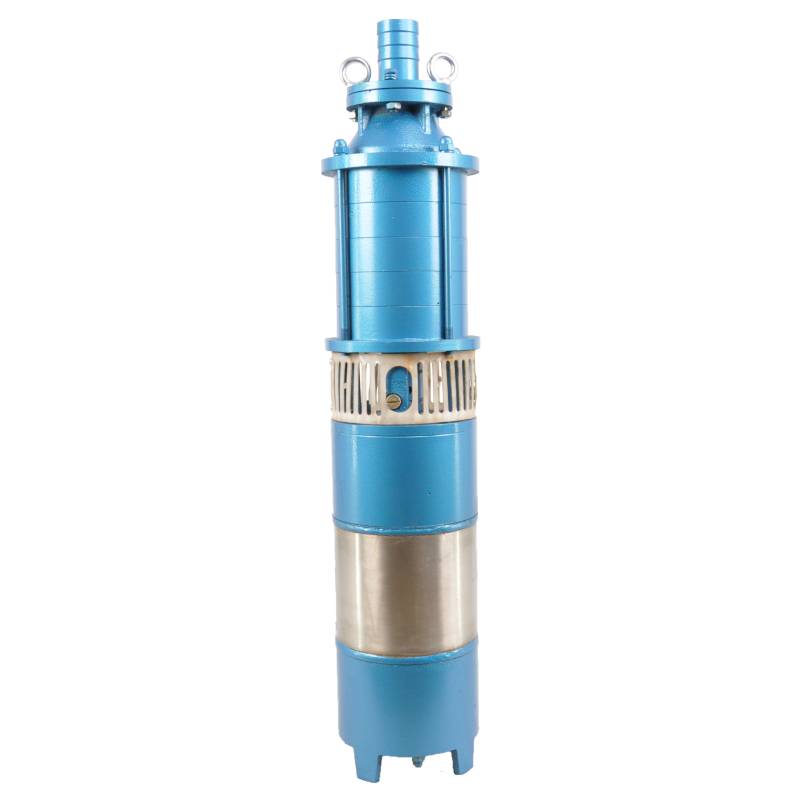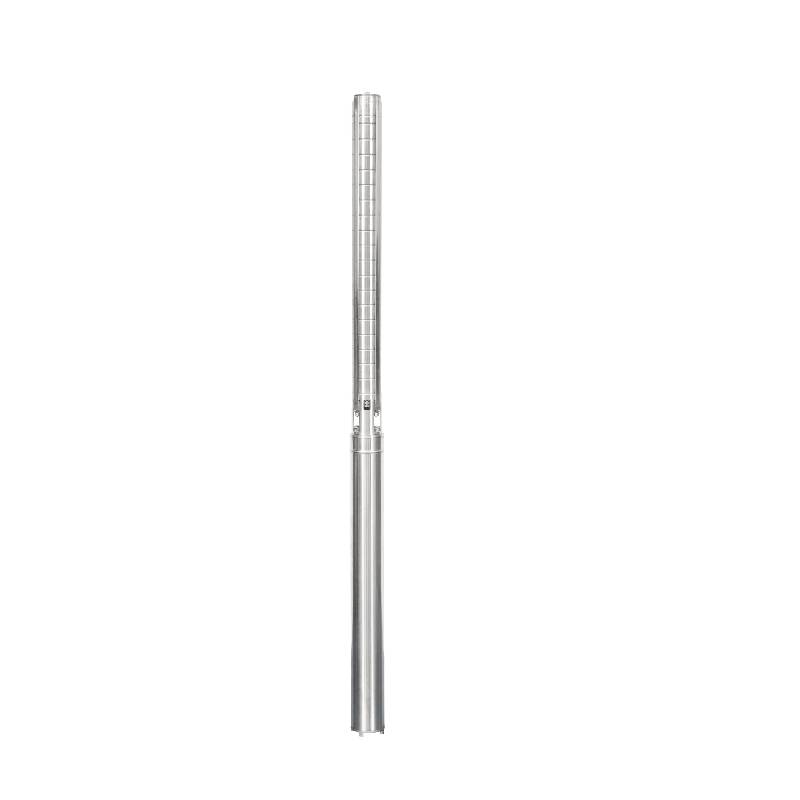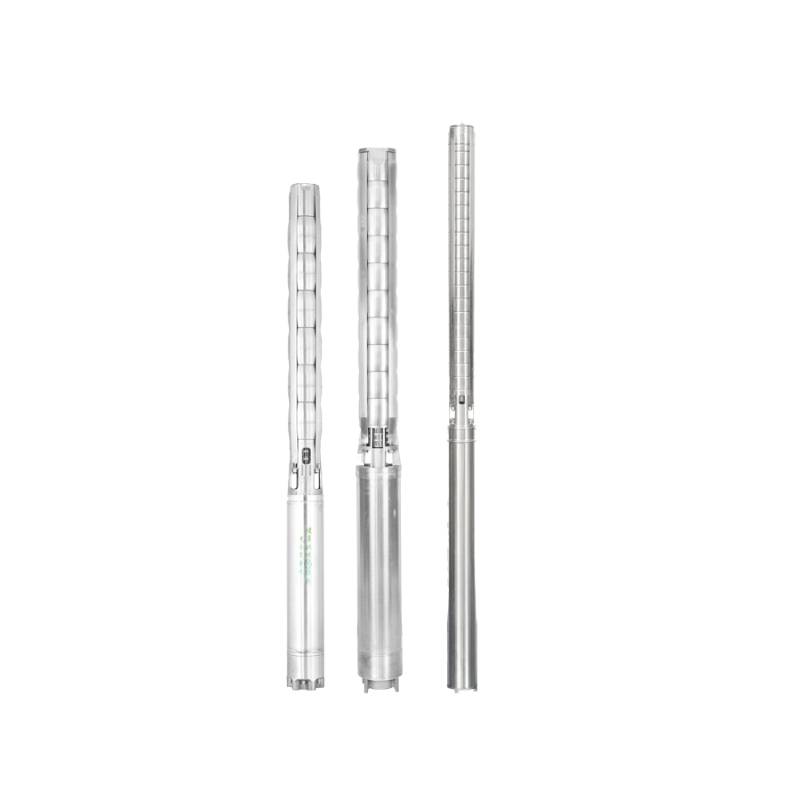ಡಿಸೆ . 26, 2024 02:18 Back to list
how does a submersible pump work
How Does a Submersible Pump Work?
Submersible pumps are a vital part of many industrial, agricultural, and residential applications. Designed to be submerged in liquids, they offer an efficient means of transporting fluids from one location to another. Understanding how these pumps work is essential for selecting the right equipment for specific applications, maintaining proper functionality, and ensuring longevity.
Definition and Purpose
A submersible pump, as its name suggests, operates underwater. Unlike surface pumps, which draw water from above the surface, submersible pumps are placed directly into the liquid they are intended to move. This allows them to push fluid to the surface rather than pull it, which can significantly improve their efficiency and performance.
These pumps are commonly used to pump groundwater, dewater construction sites, or manage wastewater in municipal systems. Their design allows them to handle a variety of fluids, including clean and wastewater, making them incredibly versatile.
Basic Components
A submersible pump consists of several key components
1. Motor The motor is usually hermetically sealed and located in the upper part of the pump. Designed to operate underwater, it typically uses a series of electrical connections that are resistant to moisture and pressure.
2. Pump Intake This is the component that allows fluid to enter the pump. Typically, it is designed to avoid clogging by including a screen or filter to catch larger debris.
3. Impeller The impeller is a rotating component that moves the liquid through the pump. By converting rotational energy from the motor into kinetic energy, it accelerates the fluid and pushes it through the discharge outlet.
4. Pump Housing This encases the motor and impeller, providing structural integrity and helping to contain the fluids being pumped.
5. Discharge Outlet Located at the top of the pump, this is where the fluid exits the pump and begins its journey through piping or hoses.
Working Principle
The working principle of a submersible pump is relatively straightforward. It begins with the electrical motor, which operates through a series of electromagnetic interactions. When electrical current passes through the motor, it generates a magnetic field that causes the rotor to spin. This rotation drives the impeller attached to the rotor, initiating the pump's primary function.
how does a submersible pump work

As the impeller spins, it creates a low-pressure area at the pump intake, drawing fluid into the pump. The impeller's design, typically featuring curved blades, forces the liquid outward. As the liquid moves through the impeller, its velocity increases, causing the pressure to rise. This process amplifies the energy in the fluid, allowing it to be discharged out of the pump at a higher pressure.
The unique design of submersible pumps also reduces the risk of cavitation, a phenomenon that can damage pumps. Because the pump is submerged, the pressure is maintained, and the fluid can enter the pump without encountering the pressure drops that lead to cavitation.
Advantages of Submersible Pumps
Submersible pumps offer several advantages, making them a popular choice for various applications
1. Efficiency Since they push fluid rather than pull it, they can be more efficient than surface pumps, leading to energy savings.
2. Reduced Noise Operating underwater significantly reduces the noise created by the pump, making them ideal for residential areas or quiet environments.
3. Space-Saving Design Submersible pumps take up less space than traditional pumps because they can be installed in the water source.
4. Versatility These pumps can handle a wide range of fluids, from clear water to slurries and wastewater.
5. Reliability The design of submersible pumps makes them less susceptible to air locks and cavitation, which enhances reliability and lifespan.
Applications
Submersible pumps are used in various applications, including
- Water Extraction From wells and boreholes for potable water supply. - Dewatering Removing water from construction sites, mines, or flooded areas. - Wastewater Management Transporting sewage or effluent to treatment facilities. - Agricultural Irrigation Delivering water from rivers, lakes, or underground sources to fields.
Conclusion
Understanding how submersible pumps work is crucial for anyone involved in selecting or maintaining these systems. Their efficient design ensures they can handle a vast array of applications, making them invaluable tools in both industrial and residential settings. Proper care and maintenance will ensure these pumps operate effectively, providing reliable service for years to come.
-
submersible-sump-pump-auto-drainage-for-crawlspaces
NewsAug.22,2025
-
solar-powered-stainless-steel-submersible-well-pump-setup
NewsAug.22,2025
-
stainless-steel-well-pump-flow-rate-optimization
NewsAug.22,2025
-
water-filled-submersible-pump-fish-farm-oxygenation
NewsAug.22,2025
-
submersible-pump-in-aquaculture-and-fish-farming
NewsAug.22,2025
-
deep-well-submersible-pump-for-drought-areas
NewsAug.22,2025
-
 submersible-sump-pump-auto-drainage-for-crawlspacesCrawlspaces, those narrow areas beneath homes, are prone to water accumulation due to leaks, groundwDetail
submersible-sump-pump-auto-drainage-for-crawlspacesCrawlspaces, those narrow areas beneath homes, are prone to water accumulation due to leaks, groundwDetail -
 solar-powered-stainless-steel-submersible-well-pump-setupHarnessing solar energy to power stainless steel submersible well pumps is a sustainable and coDetail
solar-powered-stainless-steel-submersible-well-pump-setupHarnessing solar energy to power stainless steel submersible well pumps is a sustainable and coDetail -
 stainless-steel-well-pump-flow-rate-optimizationIn various applications like agriculture, domestic water supply, and industrial use, the flow rate oDetail
stainless-steel-well-pump-flow-rate-optimizationIn various applications like agriculture, domestic water supply, and industrial use, the flow rate oDetail
